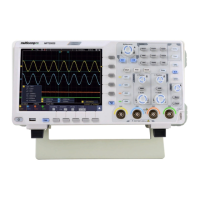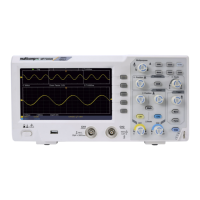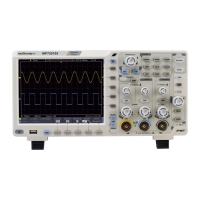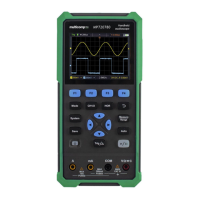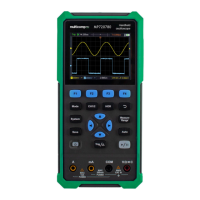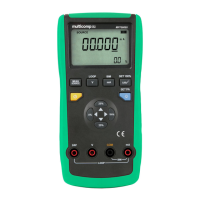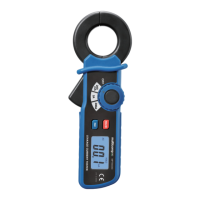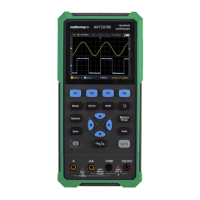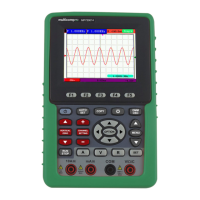User Manual
magnitude accuracy. What you want to measure and your source signal characteristics
help you to determine which window to use. Use the following guidelines to select the
best window.
Better solution for magnitude than Rectangle, and
good for frequency as well. It has slightly better
frequency resolution than Hanning.
Recommend to use for:
Sine, periodic and narrow band random noise.
Transients or bursts where the signal levels
before and after the event are significantly
different.
Best solution for frequency, worst for magnitude.
Best type for measuring the frequency spectrum of
nonrepetitive signals and measuring frequency
components near DC.
Recommend to use for:
Transients or bursts, the signal level before and
after the event are nearly equal.
Equal-amplitude sine waves with frequencies
those are very close.
Broadband random noise with a relatively slow
varying spectrum.
Best solution for magnitude, worst for frequency.
Recommend to use for:
Single frequency waveforms, to find higher
order harmonics.
Good for magnitude, but poorer frequency
resolution than Hamming.
Recommend to use for:
Sine, periodic and narrow band random noise.
Transients or bursts where the signal levels
before and after the event are significantly
different.
Figure 5-9, Figure 5-10, Figure 5-11, Figure 5-12 are examples for measuring sine wave
with a frequency of 1kHz under the selection of four different windows for FFT:
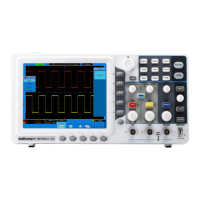
